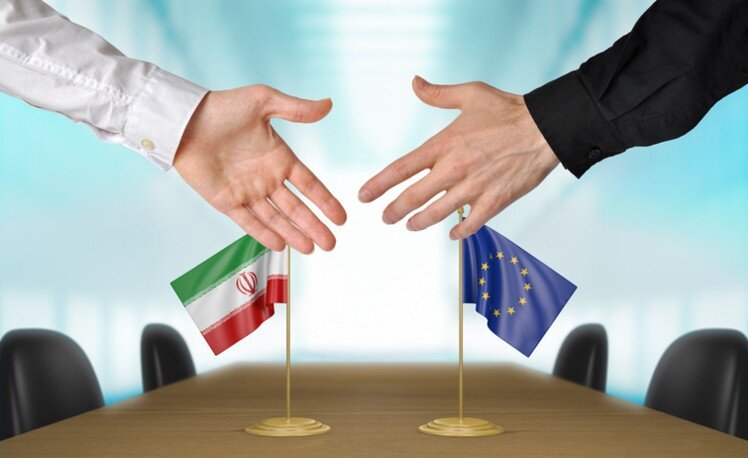‘Iran’s foreign trade not determined by INSTEX’

TEHRAN – The acting head of Iran’s Trade Promotion Organization (TPO) said Europe’s Instrument in Support of Trade Exchanges (INSTEX) is only a channel for trade with Europe and technically it is not determining the country’s foreign trade, Tasnim news agency reported on Saturday.
“Technically, INSTEX is not very determinative for us, but it could politically help Europeans show their decisiveness regarding trade with Iran,” Mohammadreza Modoudi said in a televised interview.
“This mechanism is by no means a banking system in which money is supposed to be transferred, but rather a mechanism for trade exchanges in the form of bartering, and Europe's goal is not to involve its banks.” the official explained.
Modoudi further noted that Iran’s foreign trade is mainly conducted with neighboring countries, and almost 85 percent of the country’s exports are to those neighbors plus China and India.
“That is why we do not have much dependence on Europeans. Even the share of East Asian countries in the remaining 15 percent of Iranian foreign trade is much more than that of Europe’s,” he added.
Elsewhere in his remarks, the TPO head mentioned INSTEX potential advantages for EU, saying “Europe's exports to Iran are about 10 times higher than Iran’s exports to Europe, and it is clear that this mechanism would be more in favor of the European nations rather than in line with Iran’s interests.”
“By implementing INSTEX, the Europeans could at least maintain the flow of their own exports to Iran,” he said.
He finally pointed to Iran’s current trade and noted that the country’s current annual trade stands at nearly $50 billion, and this level of trade has been achieved without INSTEX.
According to the official, Iran is currently using a same mechanism for conducting trade with its neighbors and even if the INSTEX is not operational the impact on the country’s foreign trade wouldn’t be that significant.
More than a year ago, in May 2018, U.S. President Donald Trump formally pulled the United States out of the nuclear deal that was struck between Iran and world powers in July 2015.
Following Trump’s decision, in January 2019, France, Germany and Britain (known as the E3) introduced an Instrument in Support of Trade Exchanges (INSTEX) which was meant to facilitate legitimate trade between European economic operators and Iran in order to convince Iran to stay in the 2015 nuclear deal.
Since then, several rounds of talks were held and hundreds of hours of discussion were done on the subject. The Europe claimed many times that “the mechanism will be operational soon”, however so far the EU claims have been no more than a bunch of empty promises.
The Europeans’ repeated false promises finally worn Iran’s patience thin, so that earlier this month, Iran officially announced it will take the second step in reducing its commitments to the JCPOA, as the deadline Tehran set for the Europeans to protect Tehran against the U.S. sanctions ended on July 7.
EF/MA
Leave a Comment